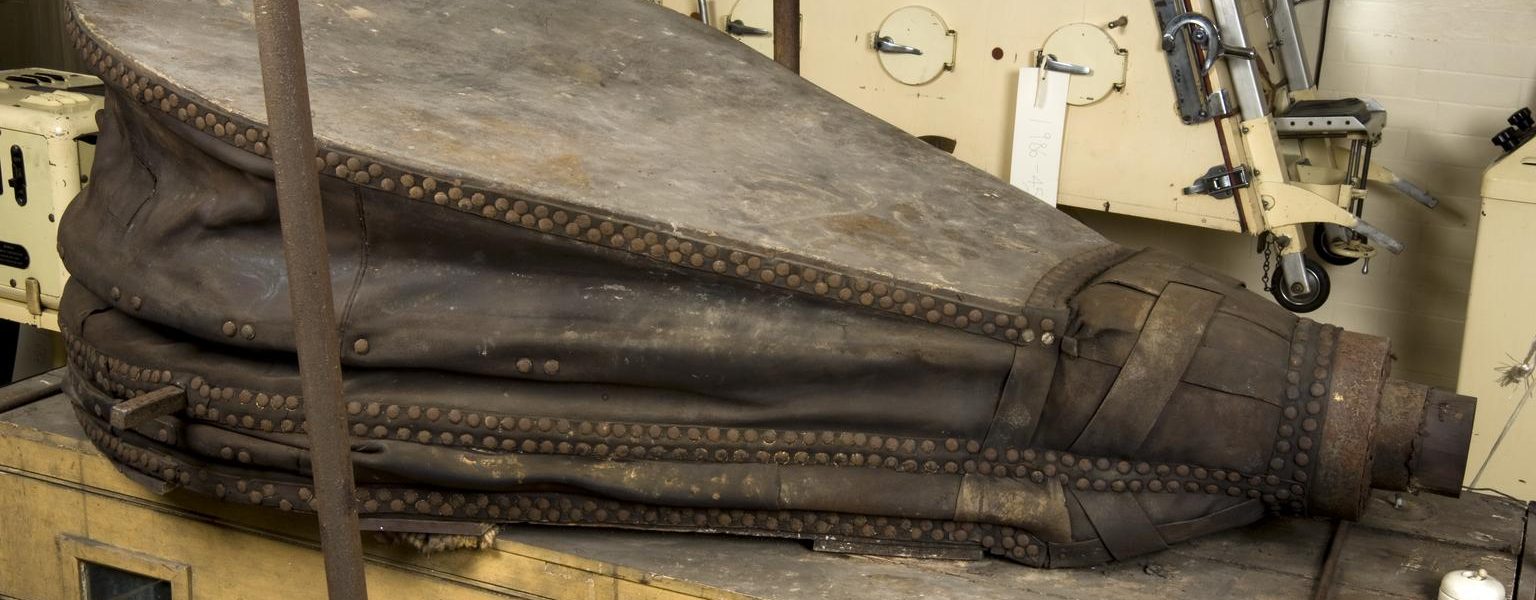Daphne burst into tears when she saw the weird-looking box.
‘Come on, Daphne, it won’t hurt you,’ Dr G Emrys Harries, the medical superintendent comforted her as he took her hand. The large wooden object, an Iron lung, was used to treat polio, a deadly virus that could paralyse chest muscles making it impossible to breathe unaided.
Patients were placed inside these coffin-like boxes so that a vacuum could be formed around their chests, causing their lungs to expand. Air would then be pumped back into the box allowing the users’ lungs to deflate, basically keeping the patient breathing.
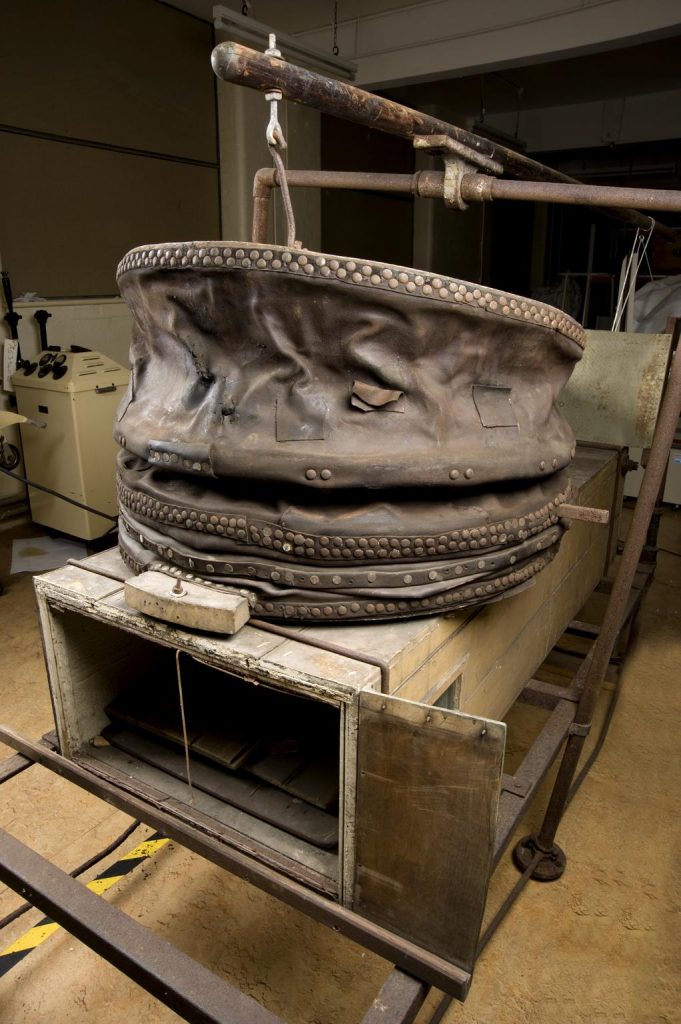
These devices still appear alarming to us today; no wonder ten-year-old Daphne was scared at being told she actually had to lie inside it, trapped with only her head poking out of the box.
The ‘iron lung’, or negative pressure ventilator that little Daphne was placed in at Cardiff Isolation Hospital in 1938 had only just arrived at the hospital. Before it was installed, Dr Harries had been very worried about what would happen should a child come to the hospital with chest paralysis. Without a negative pressure ventilator, there was very little that he could do to help these patients. With this in mind, a few months before Daphne became ill, Dr Harries decided to build his own ‘iron lung’ out of wood and other odds and ends.
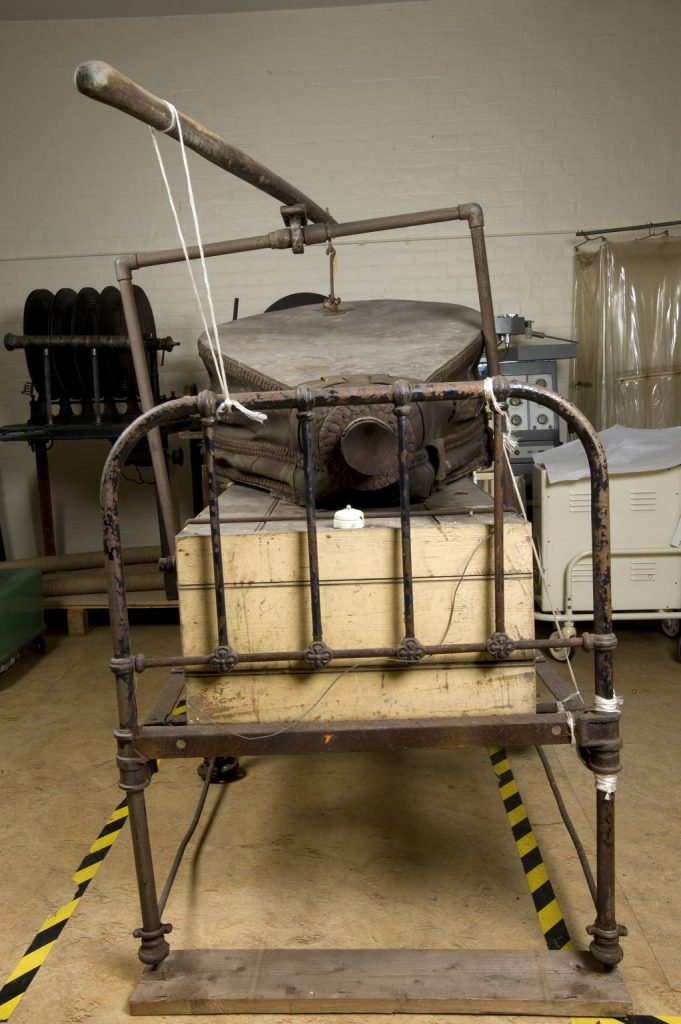
At a cost of only half a guinea, Harries built a wooden box five and a half feet long, about eighteen inches in depth and two feet wide. He placed the box on a metal bedstead, the joints were sealed and made airtight and a sliding door at the head end (the foot end of the bedstead) was inserted with a circular space for the patients’ head and neck to fit through. A small glass window was inserted near one end for observations and on the top of the box, a large set of leather blacksmiths bellows were fastened, the main expenditure of the project. The bellows had a long handle for hand operation so that the pressure in the box could be increased and decreased as the air was pumped in and out of the wooden chamber. Harries had built a very simple negative pressure ventilator.
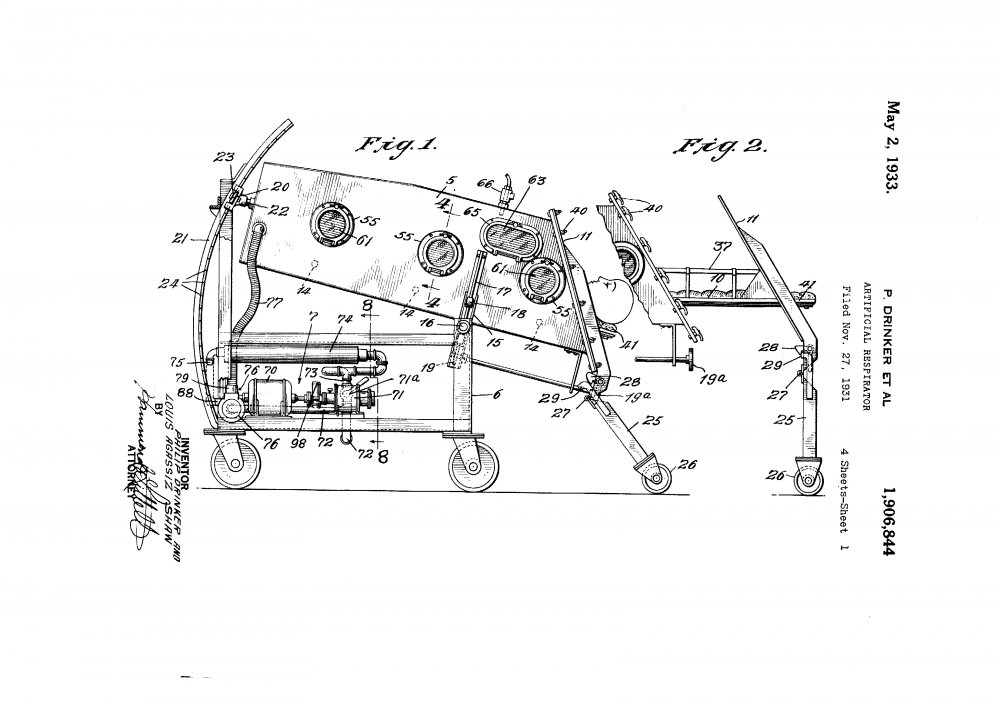
United States Patent and Trade Mark Office
When a professionally made metal iron lung was delivered to Cardiff Hospital, the homemade Harries lung was not simply put in a basement to rot. In fact, Harries’ lung was reported to have kept a patient alive for twelve hours a few months after it was built, and it was anecdotally said that the hospital used it up to the 1950s.
As a Science Museum researcher, I came across the articles describing Harries’ efforts with his hand-operated wooden ‘iron lung’ while undertaking my own research.
As I read these articles, I had a light bulb moment. I had seen this object before!
There are many peculiar objects in the Science Museum Group Collection, perhaps to be expected considering its acres of storage.
One of these odd objects is a wooden negative pressure ventilator that sits in the basement of the Blythe House object store between the more conventional ‘Iron lungs’.
The museum database held very little information about it, but it was known that it was given to the Museum by Cardiff Hospital and that it may have been built in the 1940s and used until the 1950s.
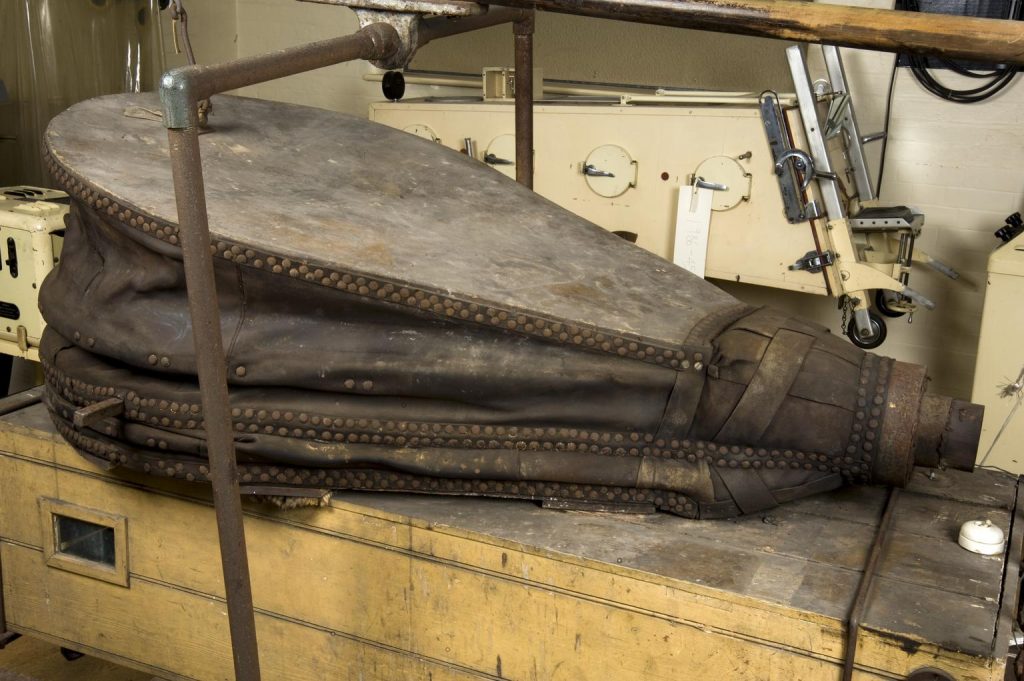
I suddenly realised that I had found not only when this object had been built, but by whom and when and where it had been used.
Historical research is long-winded and can be disheartening, but every so often you can find something quite surprising that suddenly uncovers a trove of information about a previously obscure or bizarre object. This was one of those moments and I am very thankful that my time at the Science Museum has allowed me to experience this.
